Research Stories
Filter by category
Filter by year
Filter by year
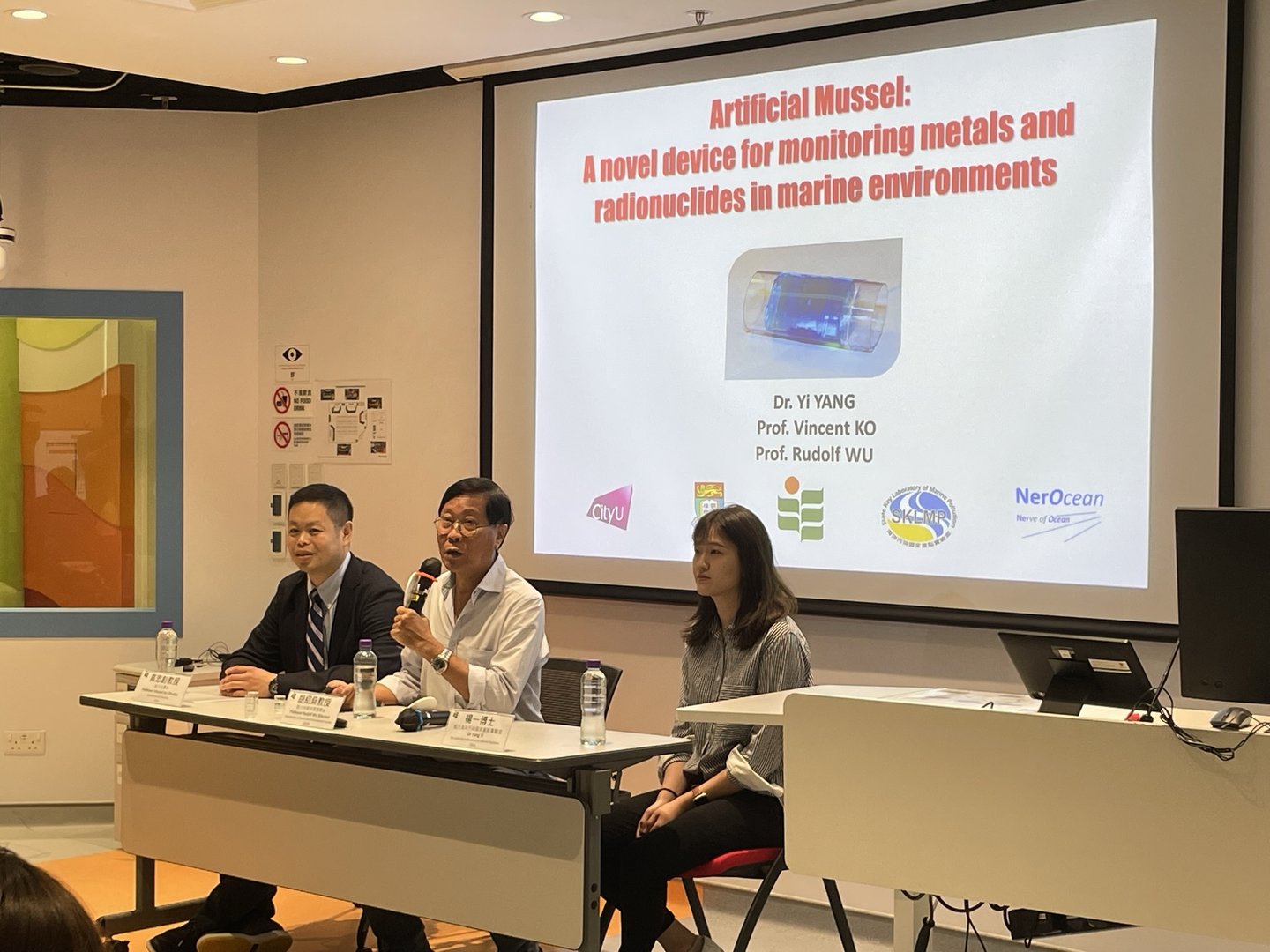
With the support of the State Key Laboratory of Marine Pollution, a cross-institutional study involving the Education University of Hong Kong, the City University of Hong Kong, and the University of Hong Kong, has uncovered a promising new method for monitoring radionuclides in the ocean.
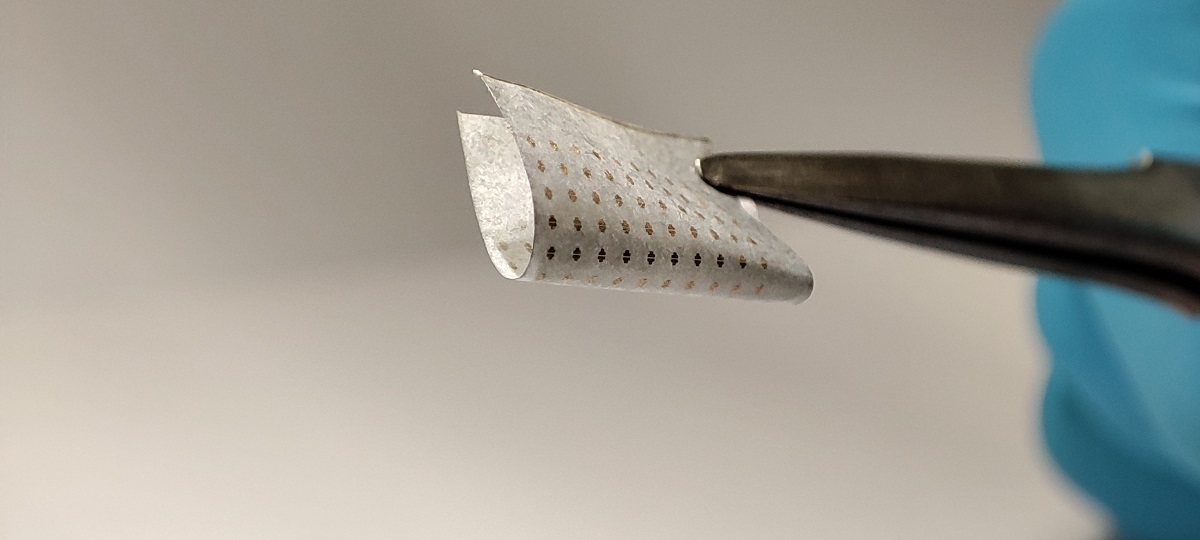
A collaborative team led by researchers from City University of Hong Kong (CityU) recently invented an innovative method for synthesizing high-quality, semiconducting nanomesh at a lower temperature and production cost than conventional methods. The findings will help enable the large-scale production of nanomesh for next-generation electronics.
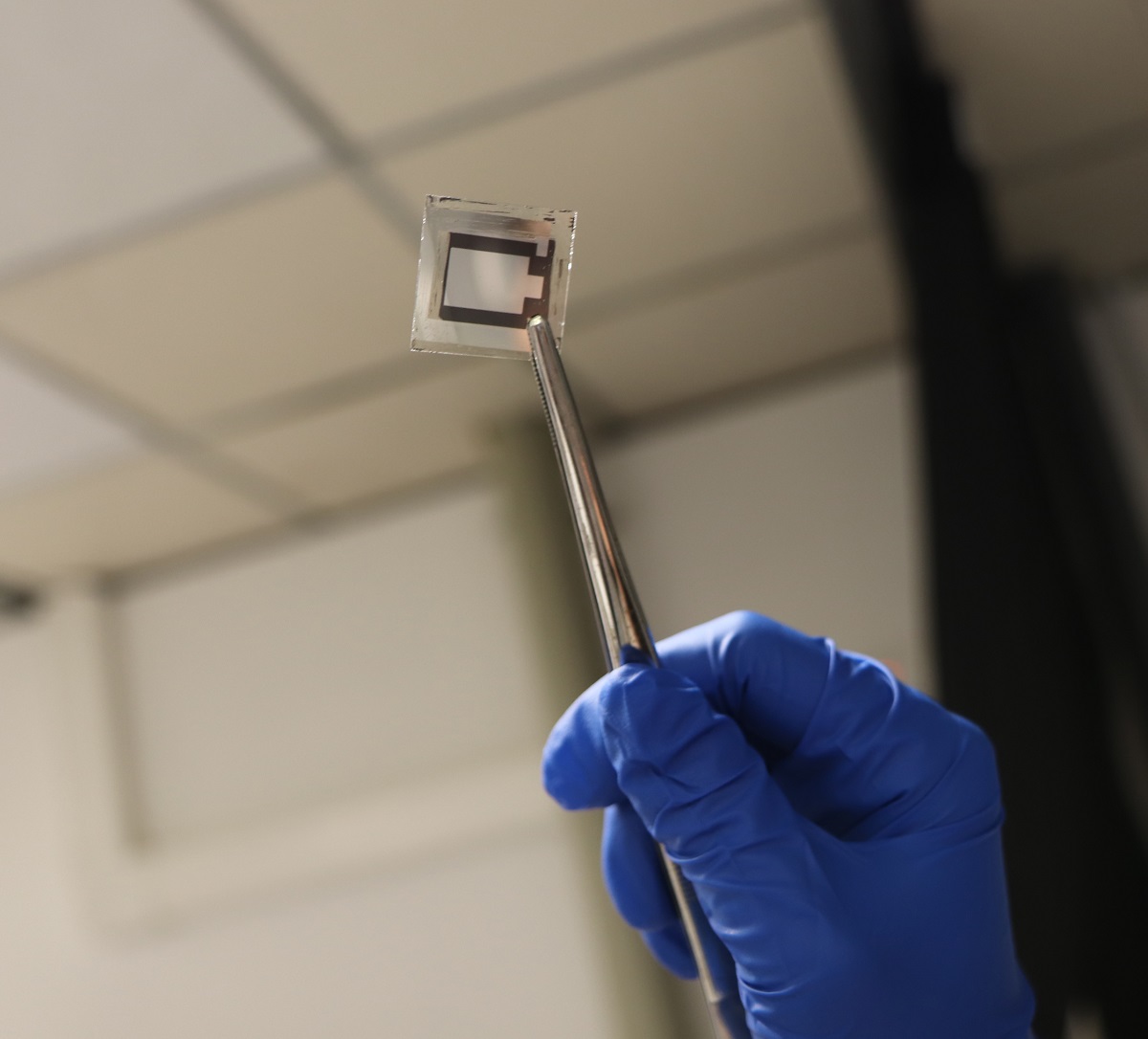
Perovskite solar cells (PVSCs) are a promising alternative to traditional silicon-based solar cells because of their high power-conversion efficiency and low cost. However, one of the major challenges in their development has been achieving long-term stability.
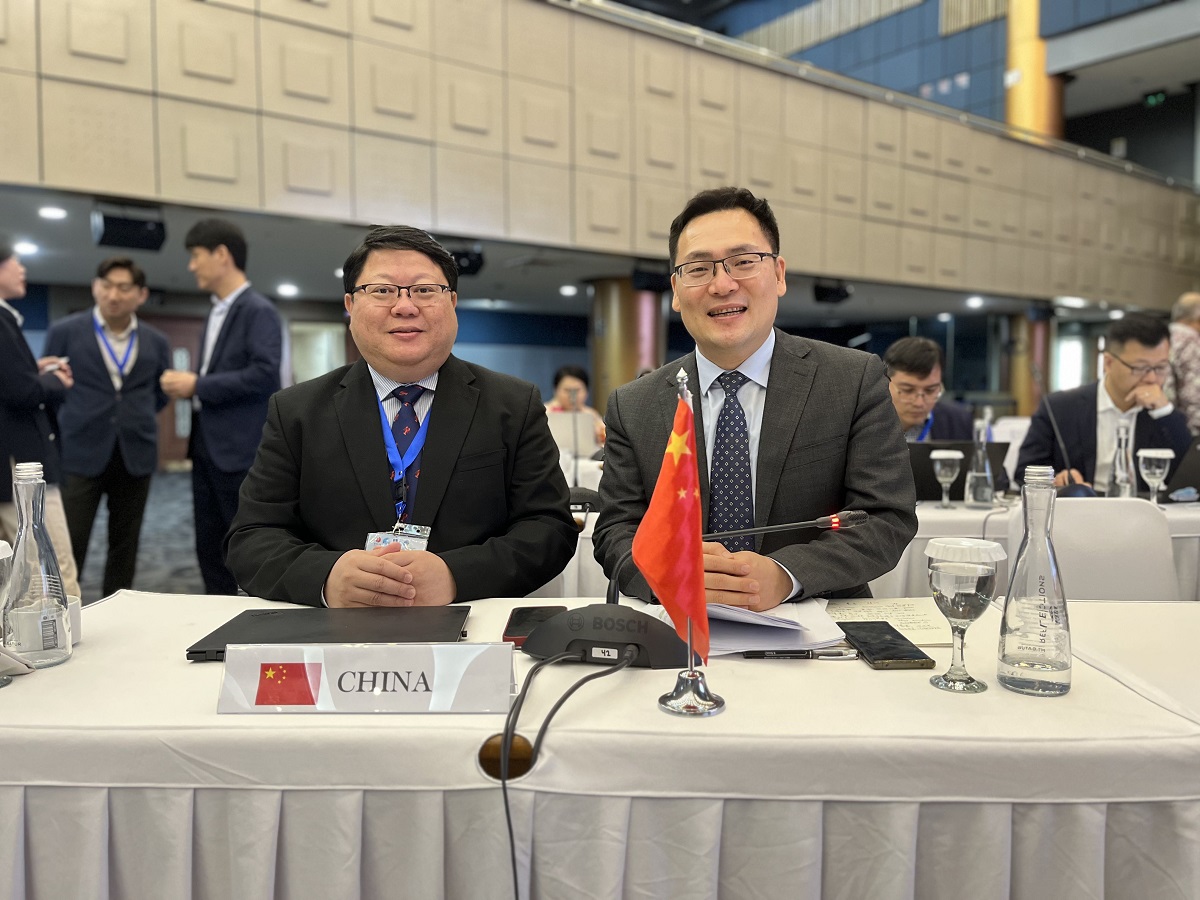
The State Key Laboratory of Marine Pollution (SKLMP) of City University of Hong Kong (CityU) received approval from the UNESCO Intergovernmental Oceanographic Commission (IOC) Sub-Commission for the Western Pacific (WESTPAC) to establish the first UNESCO regional training and research Centre (the Coastal-COMMIT Centre, also known as the “Centre”) on coastal contaminant monitoring and marine innovative technologies in Hong Kong for the Western Pacific region.
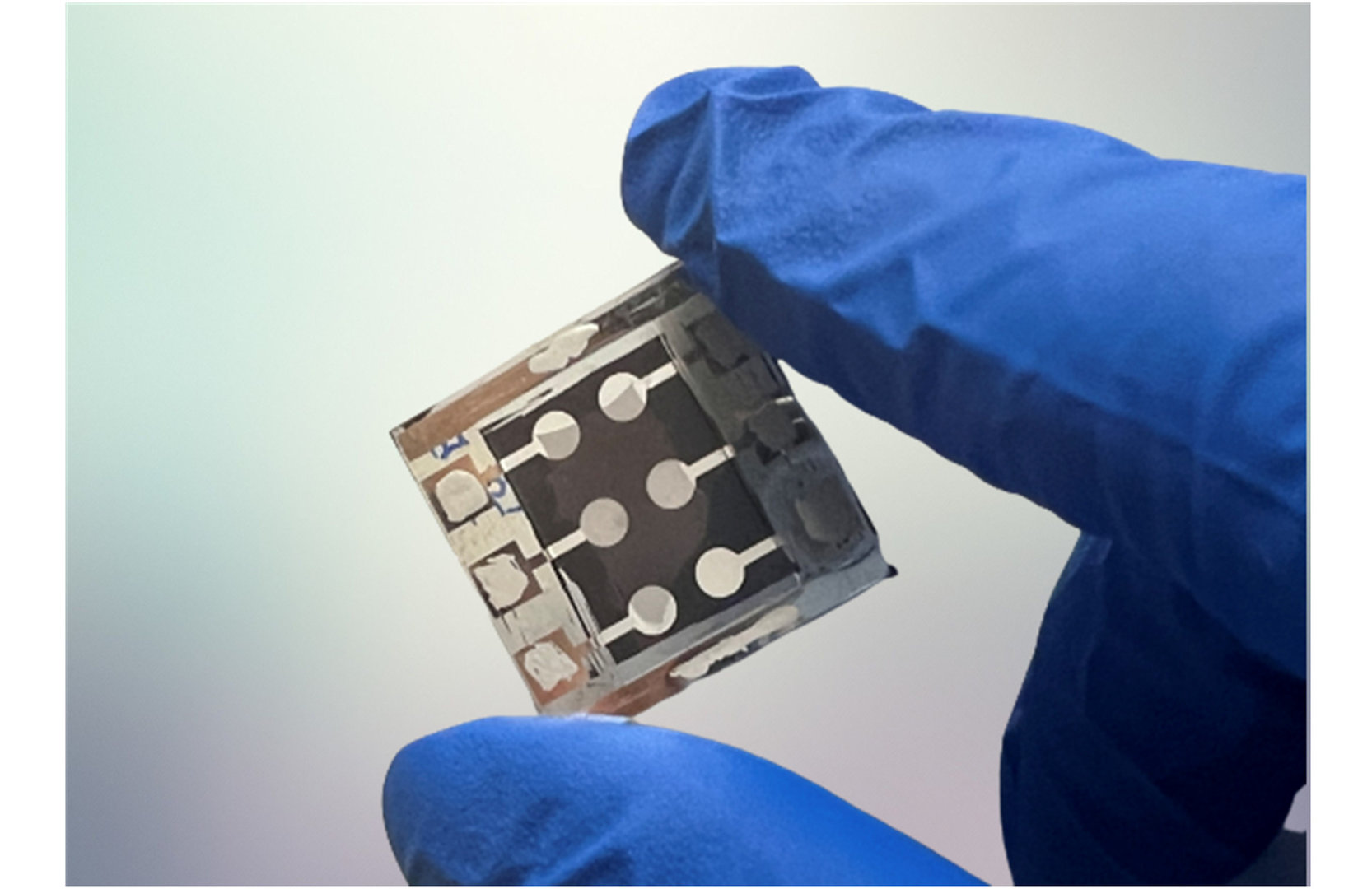
Perovskite solar cells (PSCs) are considered a promising candidate for next-generation photovoltaic technology with high efficiency and low production cost, potentially revolutionizing the renewable energy industry. However, the existing layer-by-layer manufacturing process presents challenges that have hindered the commercialisation of this technology.

A research team co-led by chemists from City University of Hong Kong (CityU) recently discovered novel, highly effective anticancer agents with tridimensional structures, which have high anticancer activity, low toxicity and the ability to overcome drug resistance in cancer cells.
Pagination
- 1
- 2